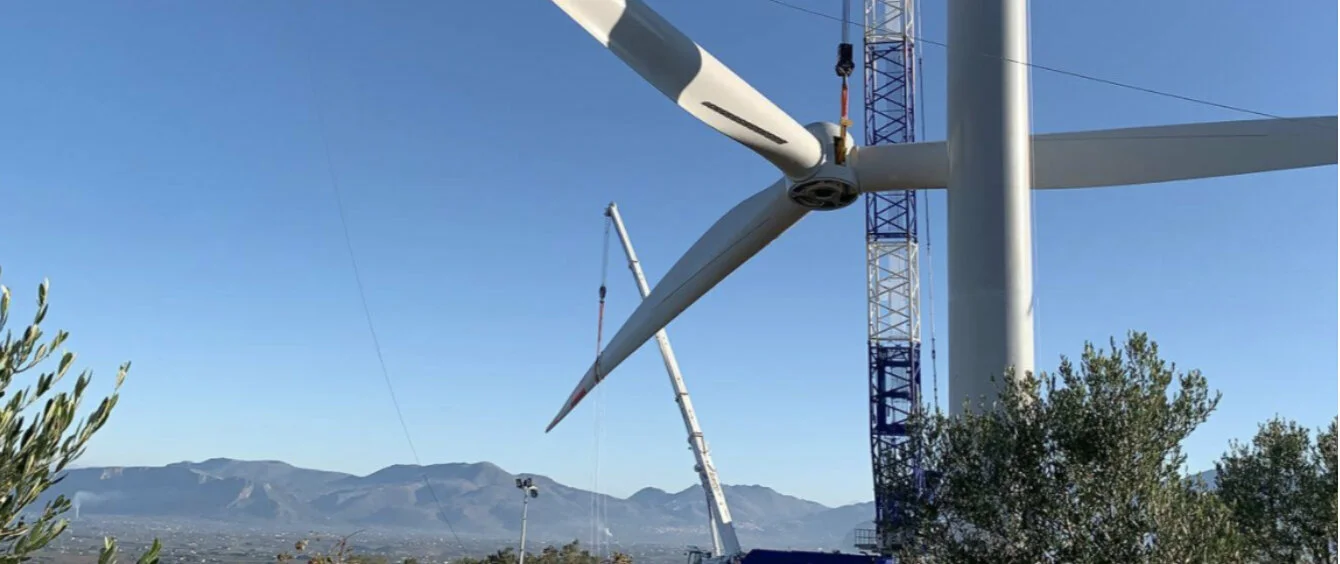Corporations bought a record 31.1 GW of clean power worldwide last year through long-term Power Purchase Agreements (PPAs). Large technology companies are taking a lead in this dynamic market, according to a BNEF report published at the end of January. The 31.1 GW marked a 24% increase on the previous record set in 2020 of 25.1 GW.
PPAs are emerging as an important means of mobilising private sector capital in support of the energy transition, allowing renewable energy projects to progress and providing clean power to help large corporations advance their own sustainability goals.
Global corporate PPA volumes 2015-2021
in GW, source: BloombergNEF; note: Onsite PPAs are excluded. APAC volume is an estimate. Pre-reform PPAs in Mexico and sleeved PPAs in Australia are excluded. Capacity is in MW DC.But what is a corporate PPA?
Basically, it is a deal where the buyer agrees to buy and the seller agrees to sell electricity at a set price from a renewable energy generation asset over a defined time period, usually between 10 and 20 years. This is known a corporate power purchase agreement or CPPA.
The buyer is usually a large energy consumer not directly involved in the energy sector, for example a tech firm, which needs to power servers, or an industrial, such as an aluminium producer or chemicals company with large energy requirements. Entering into a CPPA allows them to reduce their carbon footprint, while at the same time providing energy price certainty for a long period of time.
A CPPA is thus a win-win situation as it provides price security for both the project developer and the buyer. The latter has a means of hedging their operational costs, while the revenue security provided to the seller helps them to realize the project. Armed with the CPPA, the renewable energy developer can approach banks and other lenders for finance, if required for the project underpinning the CPPA.
Risk reduction pleases lenders
Electricity prices in the wholesale market change every day. These changes work as signals for generators to increase or decrease generation and to decide whether to invest in new capacity. By providing a fixed price, a PPA shields companies from this price volatility.
PPAs are also a means by which large investment funds can enter the electricity sector, but without directly owning generation assets. These investment funds bring new capital into the renewable energy market.
Utilities play central role
Large energy companies, like RWE, can be active on both sides of the market, using PPAs to support smaller renewable energy developers and to raise finance for their own much larger clean energy projects.
Only in December, RWE Supply & Trading signed a PPA to take 35 GWh/yr from a 57-MW solar park to be built and owned by renewables developer Enerparc AG in the state of Hesse in Germany.
Earlier in the year, Italian multinational Sofidel agreed a CPPA with RWE to become the sole corporate off-taker for RWE’s 13.6 MW Alcamo II wind project in Sicily.
RWE sells sustainable power to those that need it and buys it from smaller developers, allowing it to supply its own customers with more clean power.
Capital mobilisation
The importance of mobilising private sector capital for the energy transition is hard to understate.
The International Energy Agency (IEA) estimated in its 2021 World Energy Outlook that, for the world to get on track for net zero by 2050, transition-related investment needs to accelerate from current levels to about $4 trillion a year by 2030.
The IEA estimates that about $750 billion was spent on clean energy technologies and efficiency in 2021.
Moreover, as renewable energy generation becomes cheaper, governments have scaled back subsidy regimes, which have historically provided security for developers and lenders alike. A PPA provides security without relying on subsidies, which can then be redirected to promising, but less mature energy transition technologies.
Market outlook
According to research released in February by Pexapark, in Europe last year, utilities signed 4.63 GW of PPAs, while corporations signed for 6.5 GW, with Amazon being the largest off-taker, followed by industrial companies Alcoa and BASF.
For corporations, a PPA is a relatively simple way of guaranteeing clean power at a fixed price over the long term, but for utilities, involved in both buying and selling power, the risks are more complex. Market volatility in European electricity markets in the fourth quarter of 2021 and first quarter of 2022 complicate the outlook for new PPAs this year.
However, corporate sustainability goals suggest the market will continue to thrive. BNEF estimates that an additional 67 companies set 100% renewable energy goals in 2021, in addition to the 288 already committed. These companies will need to buy a further 246 TWh of electricity to meet their targets — more electricity than the entire UK consumes in a whole year.
